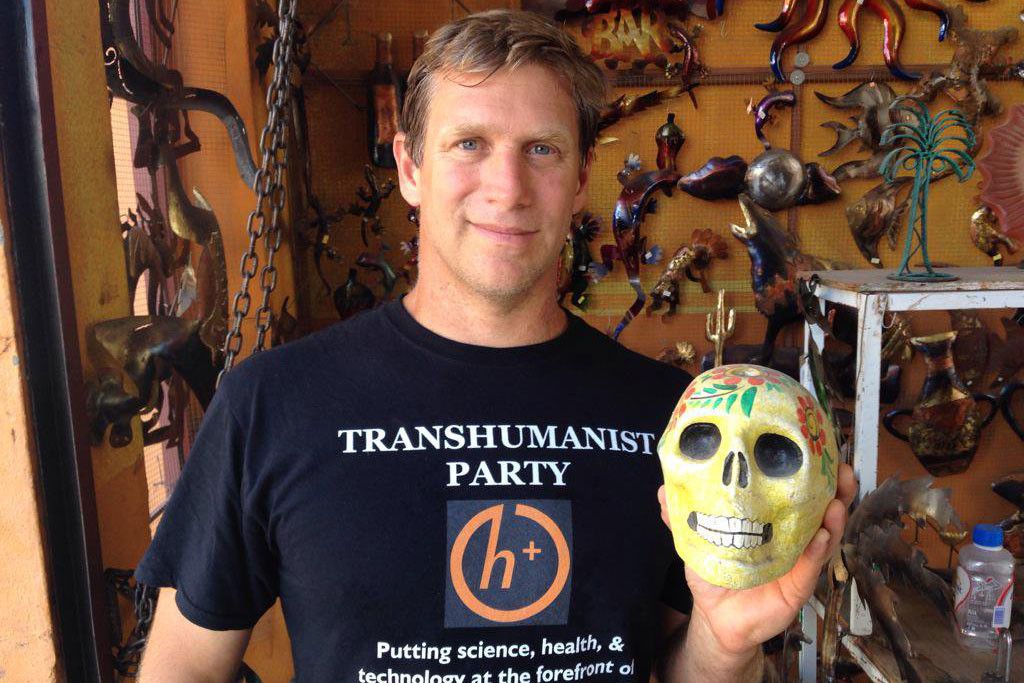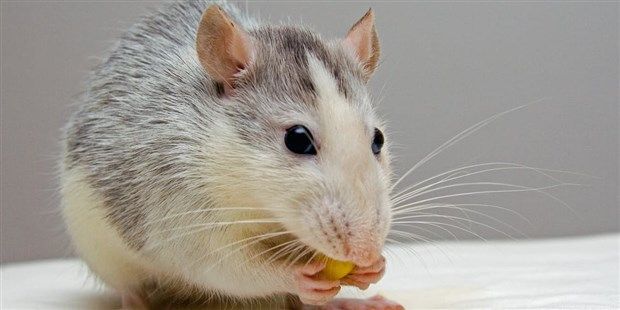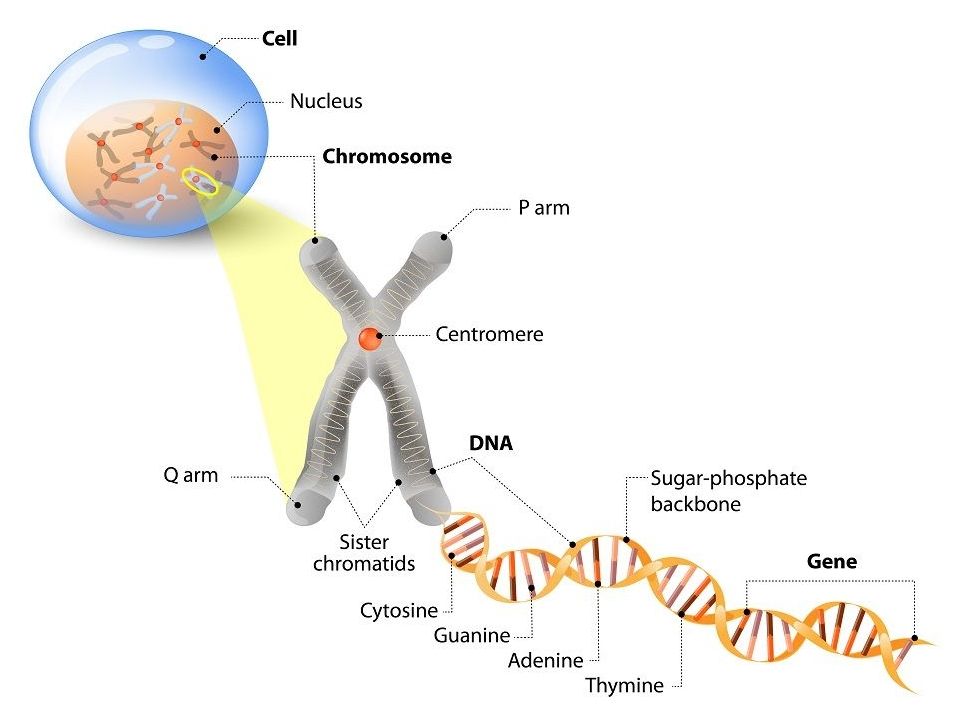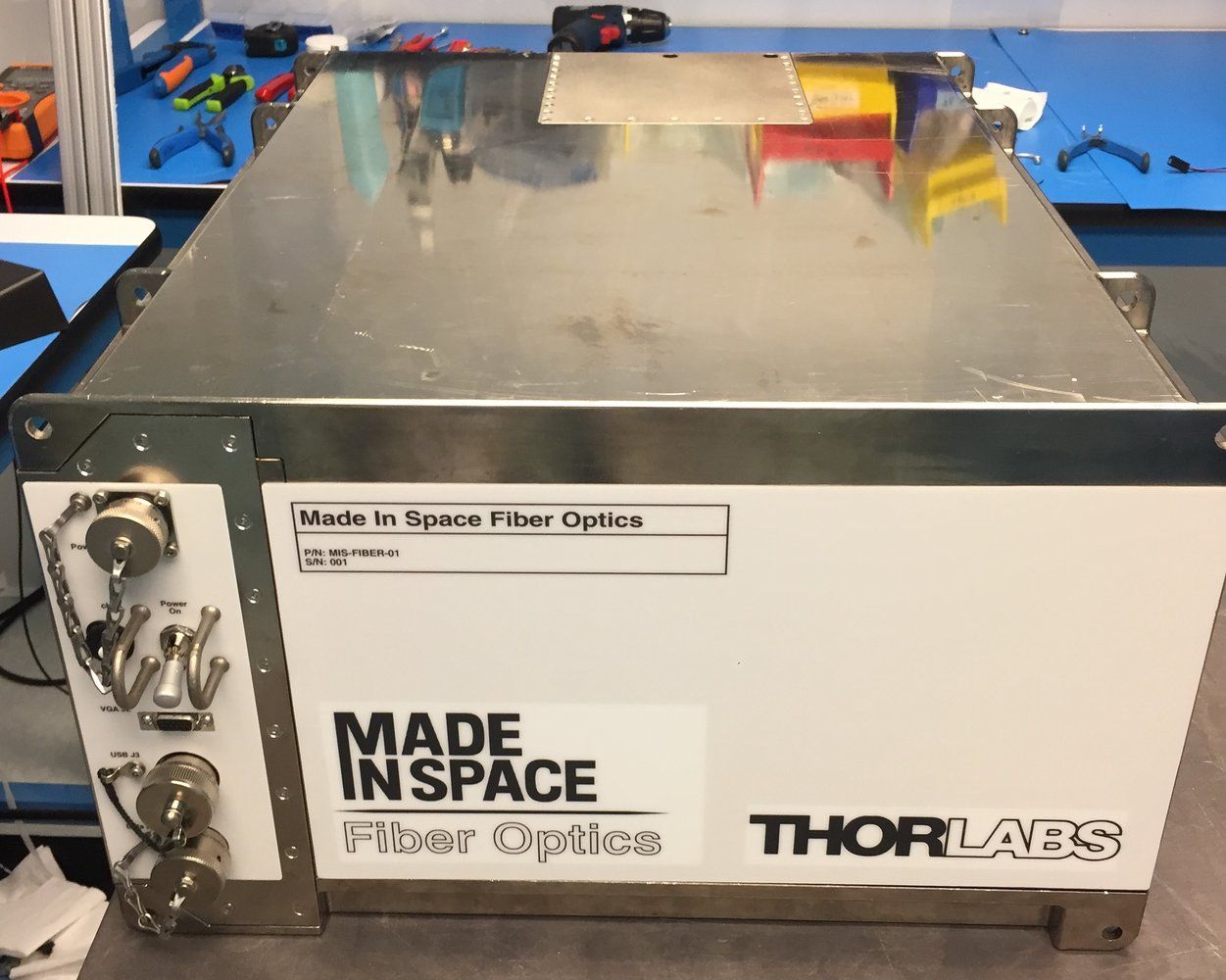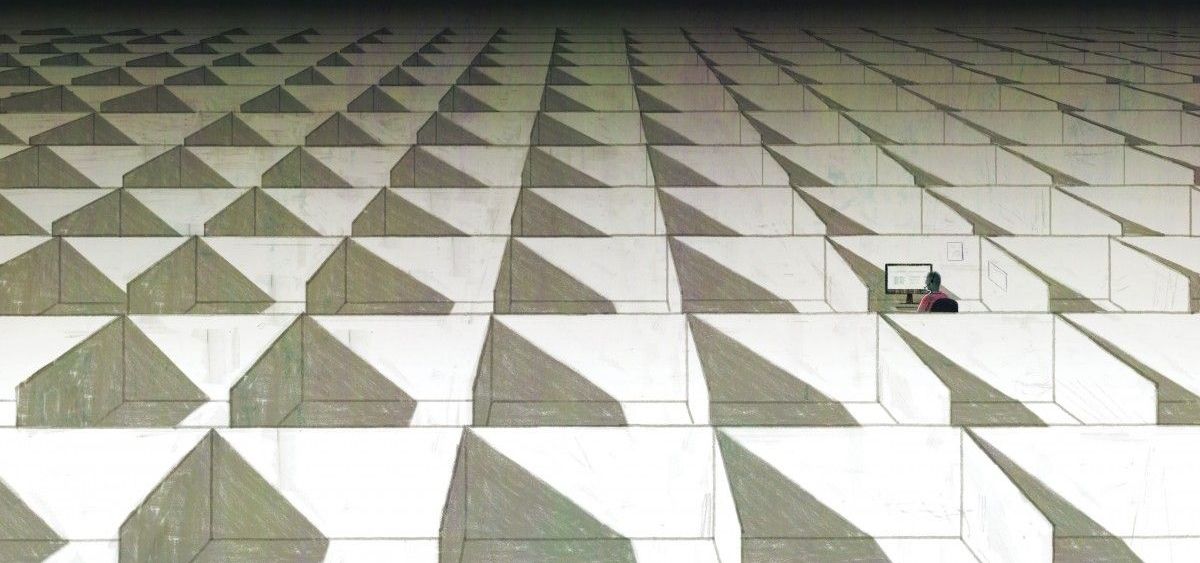A new story on my work out from Bodyhacks. (Please remember I don’t write these stories nor pick the photos, but I’m honored people I don’t know choose to cover my work and #libertairan governor campaign however they wish): http://bodyhacks.com/zoltan-istvan-libertarian-transhumanist…alifornia/ #transhumanism
On the 2018 California ballot, the good people of California will have a chance to vote not only for a candidate who stands for a unique political agenda but one who stands for an equally unique non-political ideology. Zoltan Istvan [real name] will run on the Libertarian party’s platform, but with a transhumanist agenda.
He’s not the first transhumanist to run. In Australia, Meow Meow Ludo Disco Gamma [also real name] ran for office on a science platform last year, but that was way down under. This is ‘Merica, and it’s not the first time Istvan has run either. He put his name in the hat with Hilary and Donald in the last presidential election. [Psst, he didn’t win.]
Zoltan is not only a transhumanist in philosophy, he’s a practicing preacher. He even wrote a best-selling book, The Transhumanist Wager, to back up his beliefs.
Istvan believes humanity stands on the precipice of transhumanism as a normal state of affairs. Technology, he sees as a way to level the playing field of inequality. But, does anyone take him seriously?
